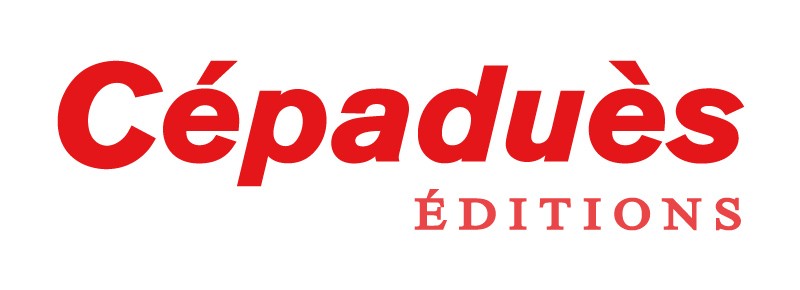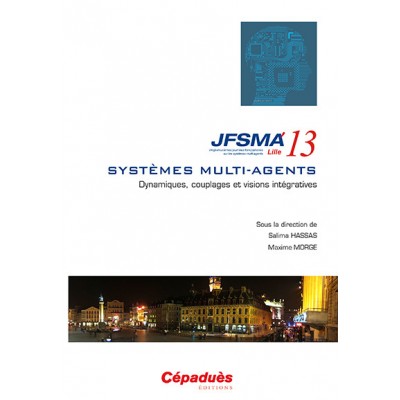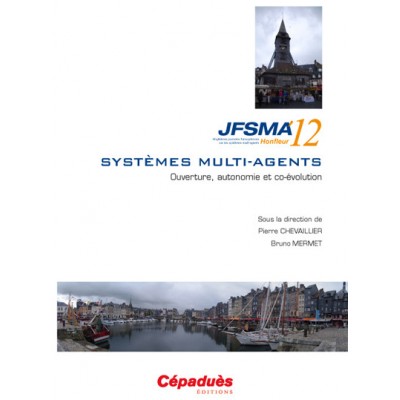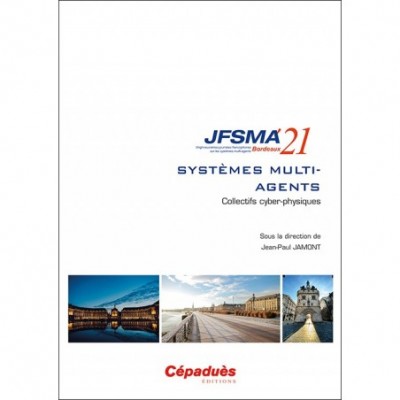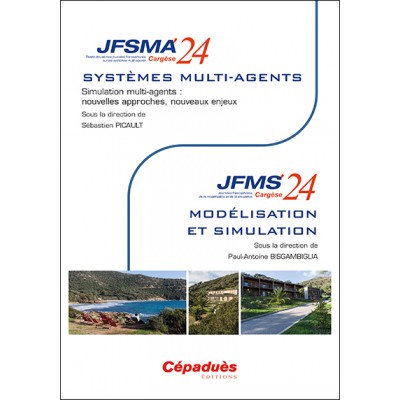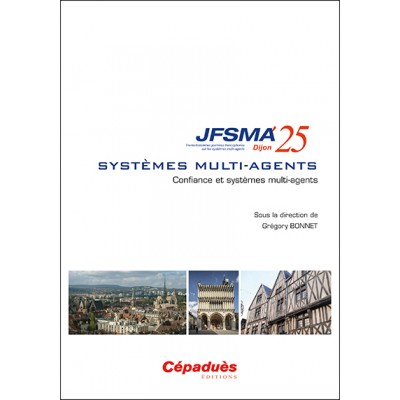Benoît Gaudou
En tant que contributeur :
Le domaine de recherche des Systèmes Multi-Agents tente de proposer et d'améliorer les modèles, les méthodes, les...
- Référence : 1072
- Année de parution : 2013
- Nombre de pages : 212
- Format : 17x24
- Reliure : Broché
Cette vingtième édition est l'occasion de mettre en exergue les principes fondateurs des SMA : ouverture, autonomie...
- Référence : 1037
- Année de parution : 2012
- Nombre de pages : 214
- Format : 17x24
- Reliure : Broché
Le présent ouvrage rassemble les 14 contributions sélectionnées et présentées lors de la vingt-neuvième édition des...
- Référence : 1900
- Année de parution : 2021
- Nombre de pages : 172
- Format : 17x24
- Reliure : Broché
Cet ouvrage contient les contributions sélectionnées et présentées lors de la trente-deuxième édition des JFSMA qui...
- Référence : 2142
- Année de parution : 2024
- Nombre de pages : 296
- Format : 16x24 cm
- Reliure : Broché
Cet ouvrage contient les contributions sélectionnées et présentées lors de la trente-troisième édition des Journées...
- Référence : 2194
- Année de parution : 2025
- Nombre de pages : 236
- Format : 16x24 cm
- Reliure : Broché
